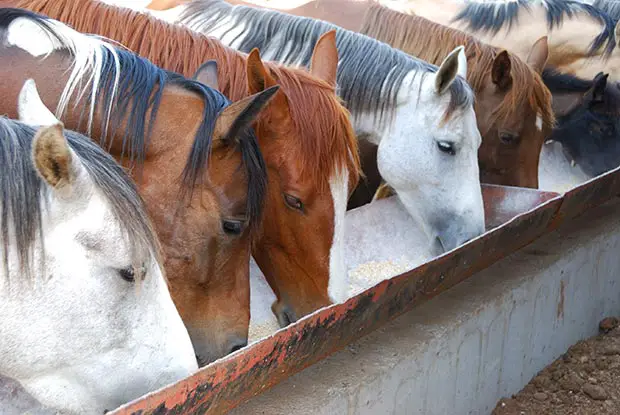The Food and Drug Administration issued final guidance for industry in late January that compiles established practices that manufacturers of medicated animal food can use to prevent unsafe drug carryover into subsequent batches of medicated or nonmedicated animal food.
Drug carryover rarely happens, but when it does, it may be caused by part of one batch of medicated food being inadvertently included in a subsequently manufactured batch of animal food, according to the FDA.

The agency stated that drug carryover can occur for various reasons, including the following: the use of the same equipment to manufacture both medicated and nonmedicated animal food; the design, construction, or inadequate maintenance of food manufacturing equipment; inadequate cleanout practices for manufacturing and distribution equipment between sequentially manufactured batches of animal food; or human error.
The final guidance for industry covers several commonly used practices to help manufacturers of medicated food minimize the risk of drug carryover.
The FDA has advised manufacturers of animal food and the public about consequences of unsafe drug carryover. For example, monensin, an ionophore approved for use in cattle and poultry, can be toxic to horses. In 2018, the agency issued warning letters to two manufacturers of animal food for, among other issues, mixing cattle food containing monensin and then mixing horse food using the same equipment in a manner that failed to prevent carryover of the monensin. In one case, multiple horses died.
The final guidance does not change the substance of existing policies or introduce new policies. Rather, the guidance consolidates much of the information found in two outdated compliance policy guides and includes current regulatory information and updated examples of factors to consider when designing sequencing practices for production, storage, and distribution of animal foods.
